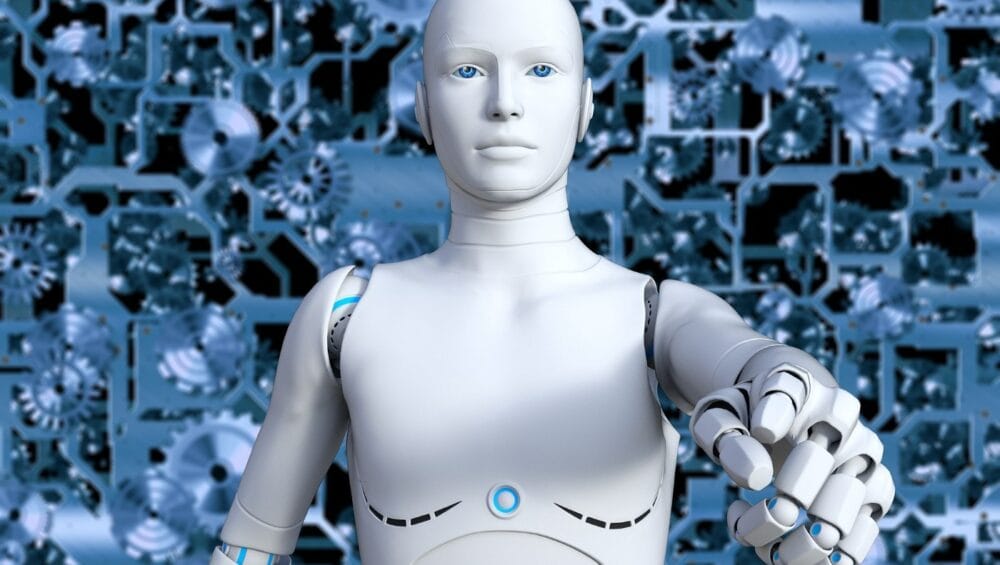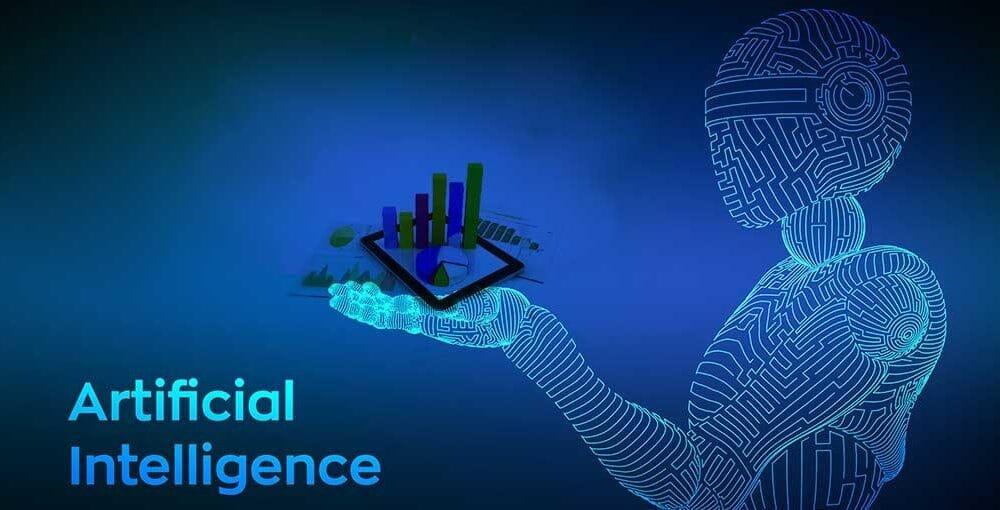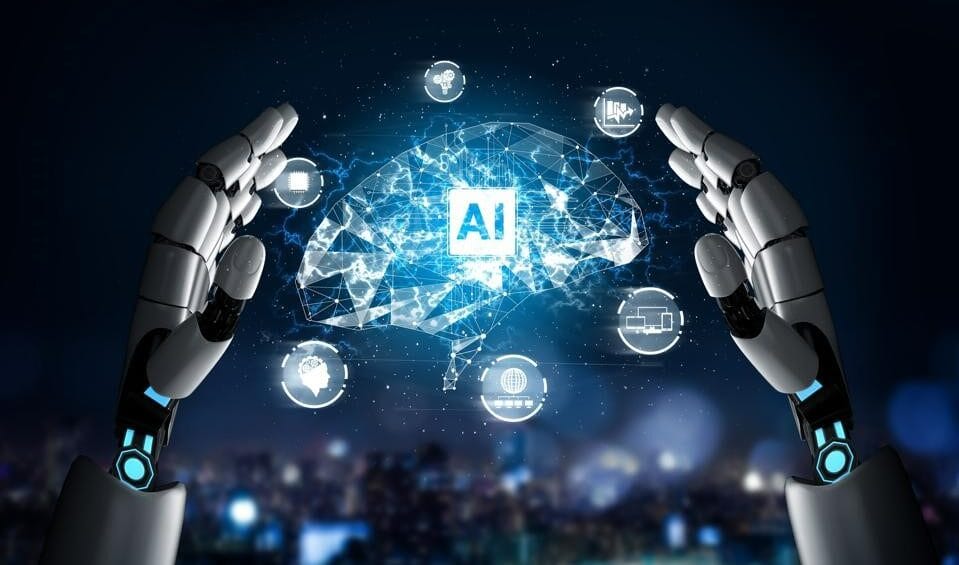CONTENTS
• What is a technology?
• Top 20 technology developed future.
• What is a artificial intelligence and type?
• Artificial intelligence use tools and applications.
• How does work artificial intelligence?
• 12 examples for a artificial intelligence.
• How to use artificial intelligence in our daily life?
• Top 9 highest paid artificial intelligence company
Definition (AI)
Artificial intelligence (AI) is a branch of computer science that deals with creating machines or computer systems that can perform tasks that typically require human intelligence, such as visual perception, speech recognition, decision-making, and language translation. AI systems can be trained using large sets of data and machine learning algorithms to make predictions, identify patterns, and make decisions without human intervention. There are several subfields of AI, including natural language processing, computer vision, and machine learning. The ultimate goal of AI research is to create machines that can think and learn like humans.
Role python in artificial intelligence
Python is a popular programming language for artificial intelligence (AI) and machine learning (ML) projects due to its simplicity, readability, and large community of developers.
One of the main reasons for Python’s popularity in AI and ML is the availability of a wide variety of libraries and frameworks that make it easy to build and train machine learning models. Some popular Python libraries for AI and ML include Tensor Flow, Keras, PyTorch, Scikit-learn, and Pandas. These libraries provide pre-built functions and modules that can be used to implement common machine learning algorithms, such as linear regression, decision trees, and neural networks, without having to write the underlying code from scratch.
Python is also widely used in natural language processing (NLP) tasks such as language translation, speech recognition, and sentiment analysis. It has powerful libraries like NLTK, spaCy and Gensim that are useful for text preprocessing, tokenization, stemming, and other NLP-related tasks.
Python’s simplicity and readability make it an ideal language for prototyping and experimenting with new ideas. This makes it easier for data scientists and researchers to quickly test new algorithms and models, and iterate on their designs.
Additionally, Python has a large and active community of developers who contribute to the development of libraries and frameworks for AI and ML, as well as providing support and troubleshooting help to users.
In summary, Python’s ease of use, wide variety of libraries and frameworks, and large community of developers make it an ideal choice for building and implementing AI and ML projects.

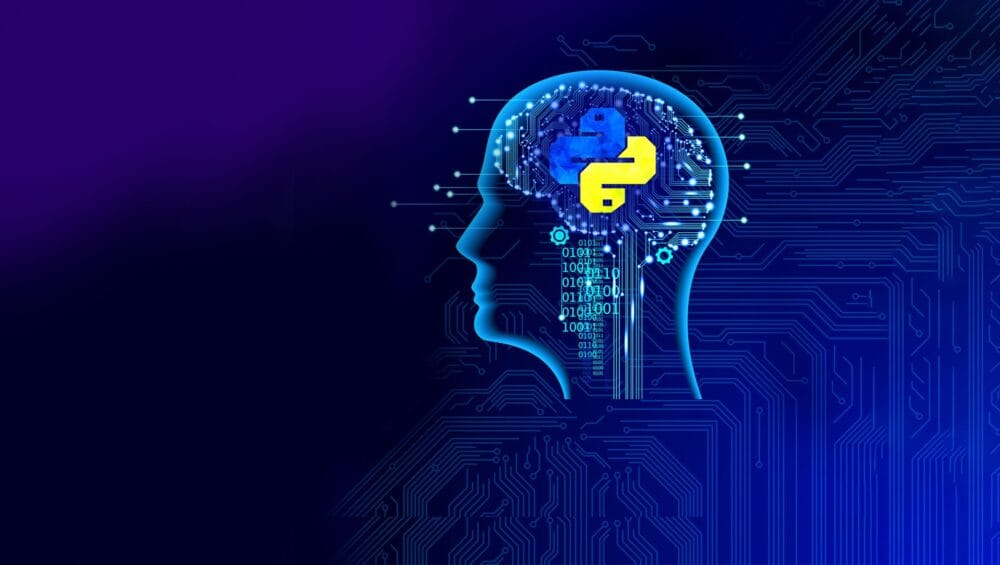

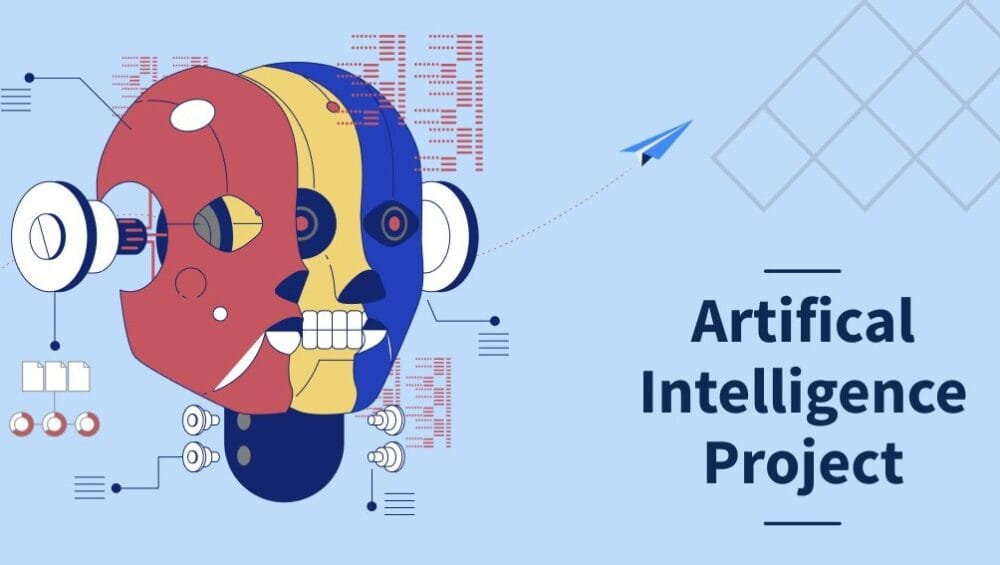

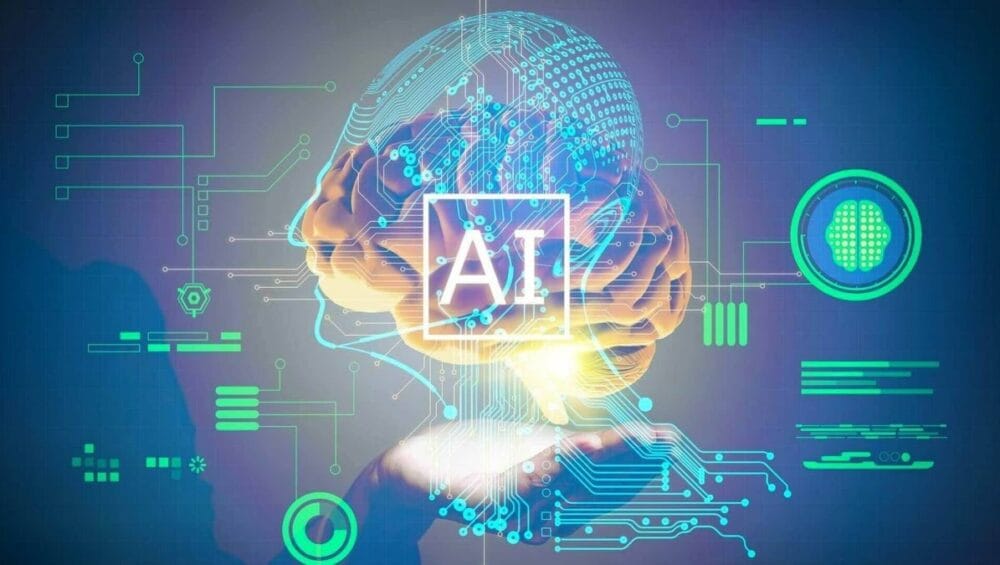
![12 example [AI]](https://noblebook.in/wp-content/uploads/2022/03/A-I-1-1000x565.jpg)
